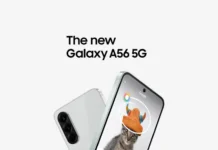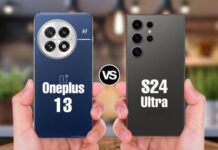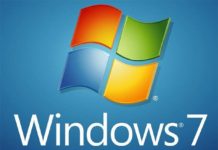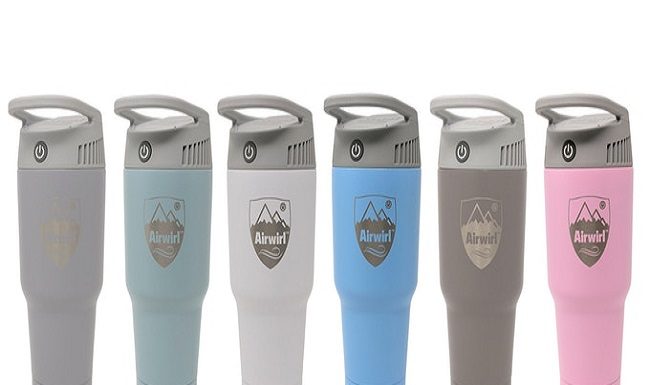Huawei has once again shaken up the global smartphone market with the launch of its Mate 70 series, positioning it as a formidable rival to Apple and Android devices. Building on the success of the Mate 60 series, the Mate 70 showcases Huawei’s relentless innovation, leveraging homegrown technologies to overcome U.S. sanctions and bolster its position as a leader in China’s tech industry. This article compares the Mate 70 to its predecessor, the Mate 60, and explores its potential to challenge global competitors.
1. The Mate 70 vs. Mate 60: What’s New?
a. Performance Upgrades
The Mate 70 boasts the latest Kirin 9000s chipset, an in-house processor built on advanced semiconductor technologies developed by Huawei’s subsidiary HiSilicon. While the Mate 60 debuted with significant fanfare for featuring Huawei’s first self-developed chip post-sanctions, the Mate 70 pushes the envelope further with improved AI capabilities, faster processing speeds, and enhanced energy efficiency.
- Mate 60: Kirin 9000s chipset (5nm architecture, limited supply).
- Mate 70: Enhanced version of the Kirin chipset (rumored 4nm), with 5G capability and better thermal management.
b. Camera System
Huawei has a strong reputation for its cameras, and the Mate 70 series takes it to the next level.
- Mate 60: Introduced the variable aperture technology with a 50MP primary sensor, delivering stunning low-light and high-detail shots.
- Mate 70: Improves on this with a larger sensor size, enhanced optical zoom, and AI-powered image processing. Early tests suggest it rivals the iPhone 15 Pro Max and top-tier Samsung devices in photography.
c. Design and Display
Both the Mate 60 and Mate 70 maintain Huawei’s signature sleek design, but the Mate 70 introduces refinements:
- Mate 60: Offered a stunning OLED display with high resolution and durability.
- Mate 70: Features an upgraded LTPO OLED panel with adaptive refresh rates (1Hz to 120Hz), improved brightness, and better energy efficiency, making it more competitive with the iPhone and Galaxy flagships.
d. Battery Life and Charging
Huawei continues to excel in battery technology.
- Mate 60: Packed a robust 4,800mAh battery with 88W fast charging.
- Mate 70: Upgrades to a 5,000mAh battery with 120W wired and 50W wireless fast charging, a leap forward in convenience and longevity.
2. Taking on Apple and Android
a. Huawei’s Competitive Edge
- Homegrown Technology: The Mate 70 signals Huawei’s dominance in building a fully integrated ecosystem of chips, software, and hardware, reducing its vulnerability to U.S. sanctions.
- 5G Connectivity: Unlike the Mate 60, the Mate 70 fully reinstates Huawei’s leadership in 5G technology, matching or surpassing competitors.
- Software Innovation: Running on HarmonyOS, Huawei’s Mate 70 offers seamless integration with its broader ecosystem of wearables, tablets, and smart home devices.
b. Apple vs. Huawei in China
Apple has long dominated the premium smartphone market in China, but Huawei’s Mate 70 challenges this with:
- Price Competitiveness: The Mate 70 is expected to be more affordable than the iPhone 15 Pro Max, offering flagship-level features at a better value.
- National Pride: Huawei’s homegrown efforts resonate with Chinese consumers amid rising nationalism, drawing users away from foreign brands.
c. Android’s Challenge
Android brands like Samsung and Xiaomi face stiff competition as Huawei reclaims its position in the global market. The Mate 70’s HarmonyOS provides a compelling alternative to Android, particularly in regions where Huawei retains a strong presence, like Southeast Asia and the Middle East.
3. Broader Implications for the Industry
a. Semiconductor Independence
The Mate 70 underscores Huawei’s breakthrough in semiconductor design and manufacturing, bypassing U.S. restrictions on advanced chips. This could encourage other Chinese tech giants to accelerate their R&D efforts, reshaping the global semiconductor supply chain.
b. Revival of Huawei’s Global Presence
The Mate 70 positions Huawei as a strong contender not just in China but in international markets. While U.S. sanctions limit its presence in North America, Huawei could regain significant market share in Europe, Latin America, and Africa.
c. Competition Driving Innovation
Huawei’s advancements force rivals like Apple and Samsung to innovate further, benefitting consumers with better devices and features.
Huawei Mate 70- full phone specifications here











































